Overview
Map
Other Details
كابيلّا الشهيدة أكويلينا
Jbayl
Jbeil
Mount Lebanon
كابيلّا الشهيدة أكويلينا - جبيلالقدّيسة أكويلينا شهيدة من مدينة جبيل استشهدت فيها بعمر اثنتي عشر سنة، سنة ٢٩٣. دُفِنَت ذخائرها خارج مدينة جبيل، في المزار المُشيَّد على اسمها والواقع على تلّة قصّوبا شرقيّ المدينة بحسب المستشرق ارنست رينان. رسم لوحتها سمعان سمعان المصوّر المعروف بسمعان سارة أواخر سنة ١٩٥٣ بسعي الأب أنطونيوس زغيب الذي نشر إكرام القدّيسة. الكابيلّا بنيت أيّام رئاسة الأب يوحنّا وهبه على أنطوش جبيل في سوق جبيل القديم، سنة ١٩٨٢. وهو مزارها في قلب المدينة ومحجًّا لطلب شفاعتها.The Chapel of St Aquilina - ByblosSt Aquilina is a twelve year old martyr from Byblos who died in 293. Her relics were buried in a small shrine on the hill of Qassouba in the vicinity of the city according to the orientalist Ernest Renan. The painting is the work of Semaan Semaan also known as Semaan Sara dating back to 1953, commissioned by Fr Antonios Zgheib who promulgated the devotion to the saint. The chapel was built when Fr Youhanna Wehbe was the rector of Byblos’s presbytery in 1982. The chapel is a pilgrimage site to all those seeking the martyr’s intercession.
Visited 2376 times, 1 Visit today


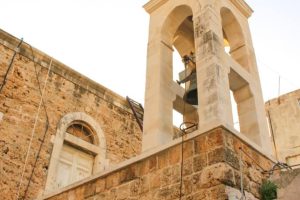
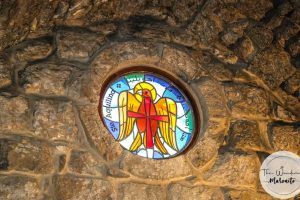


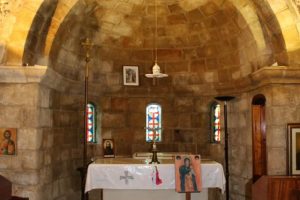
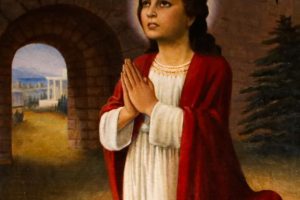






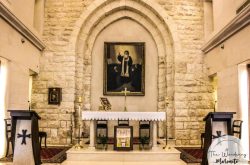
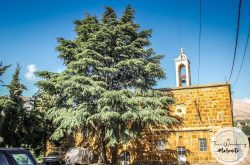

Reviews are disabled, but trackbacks and pingbacks are open.